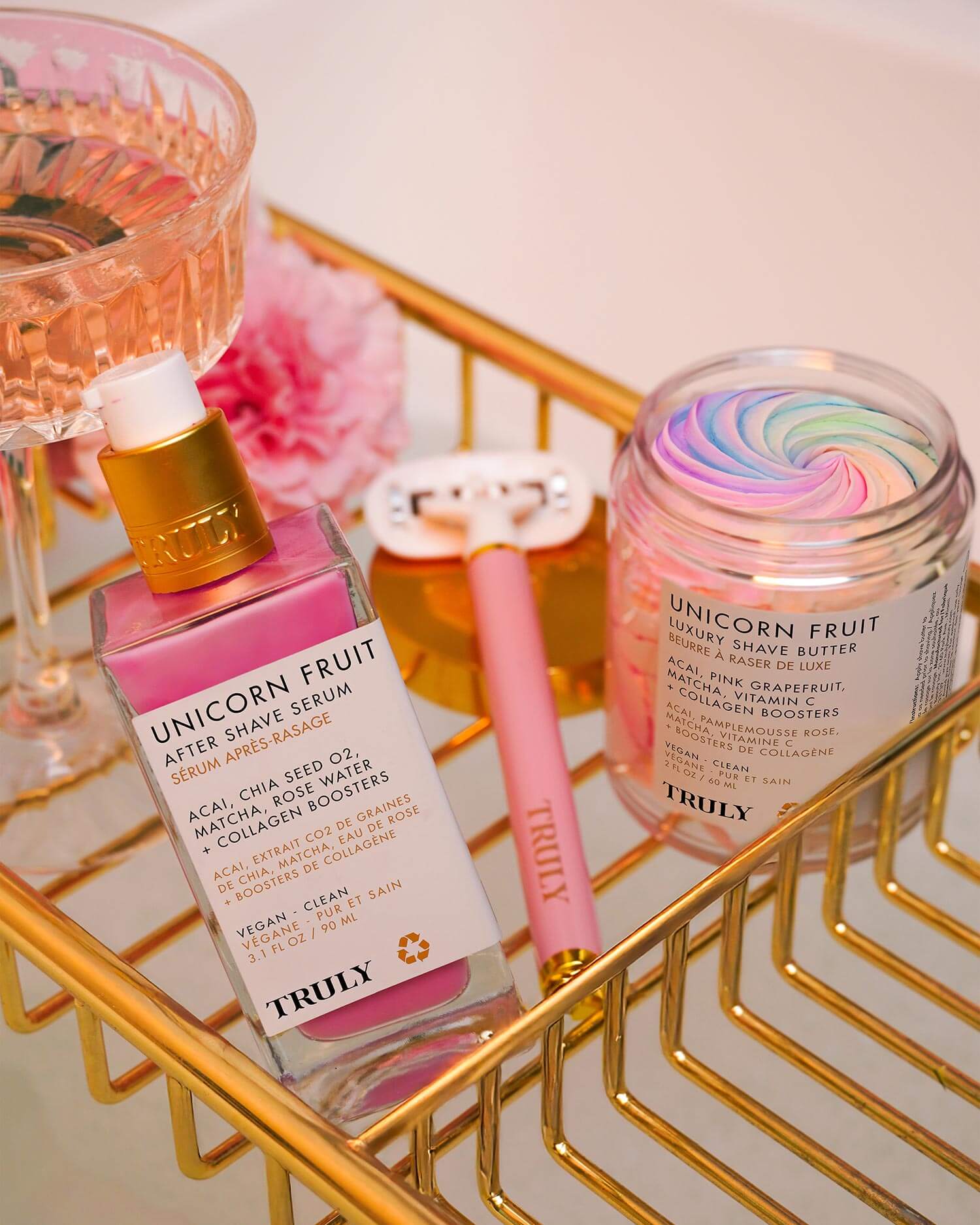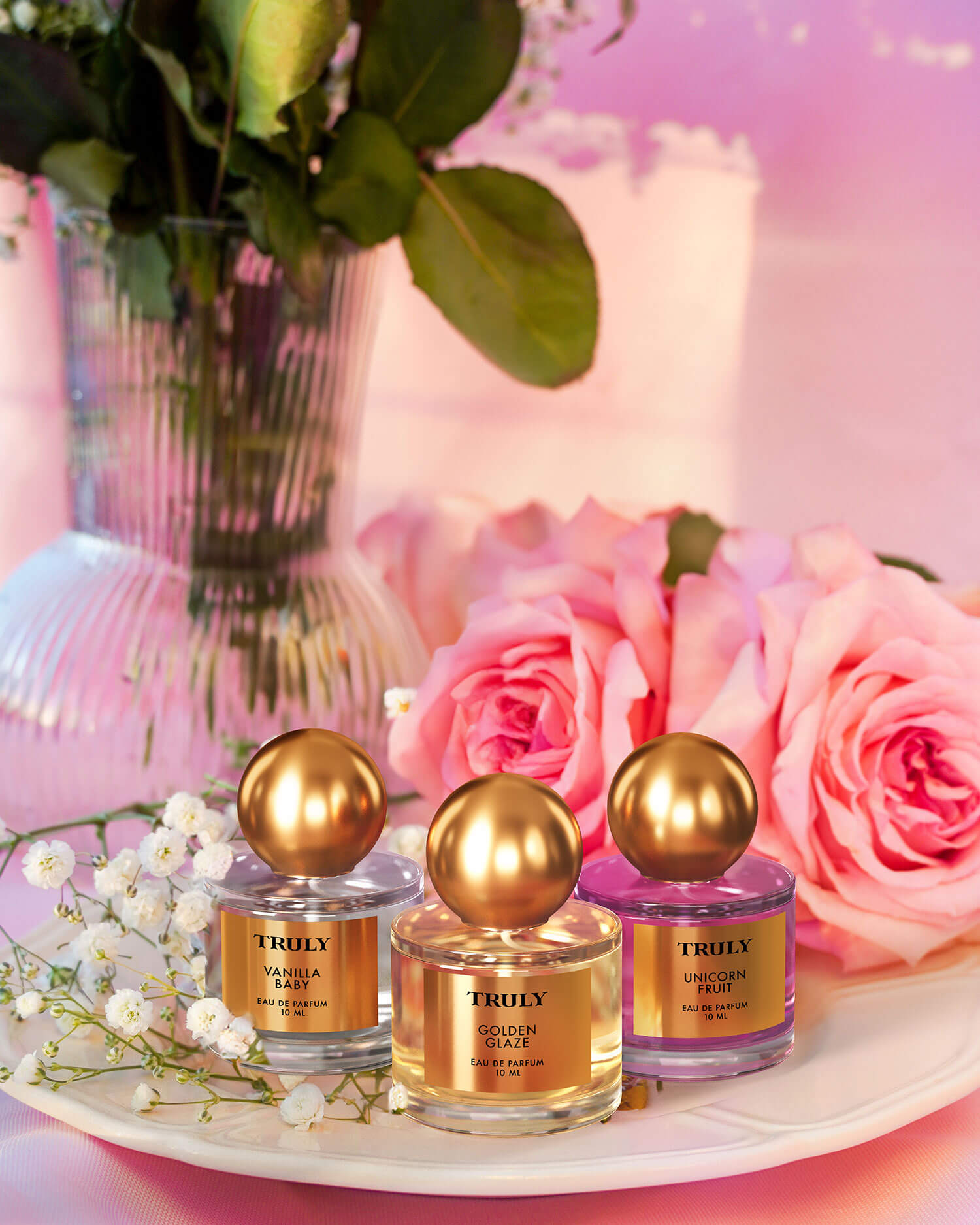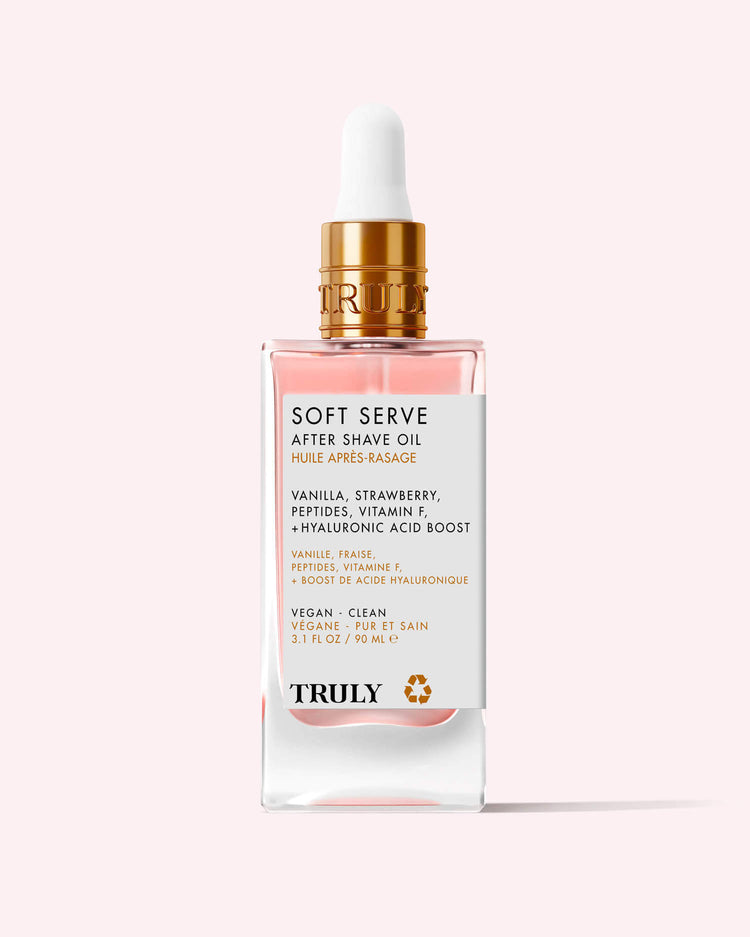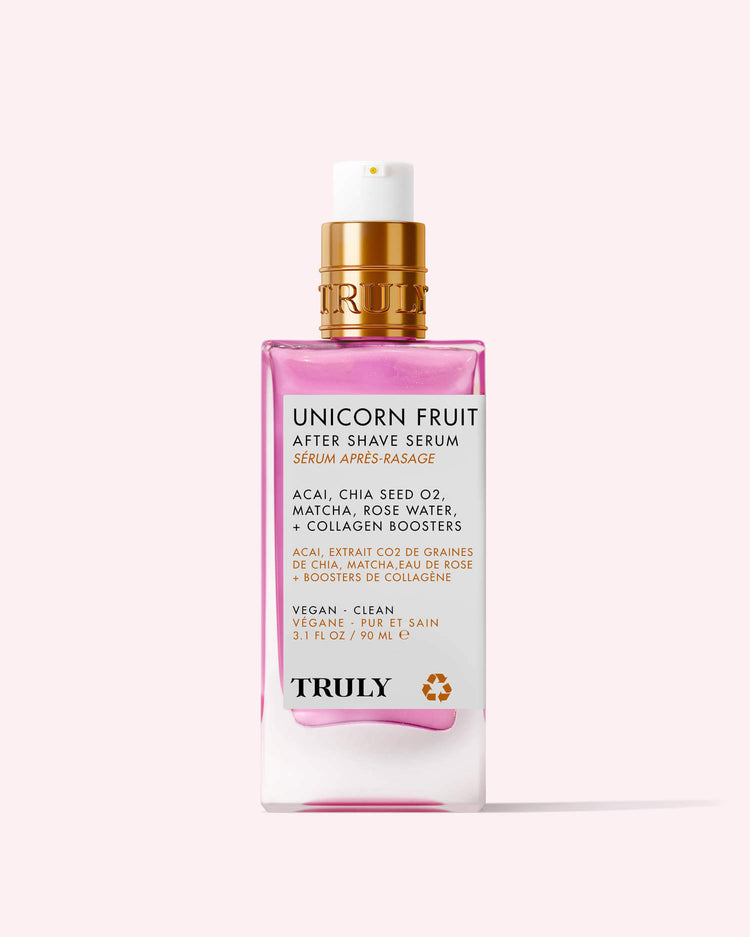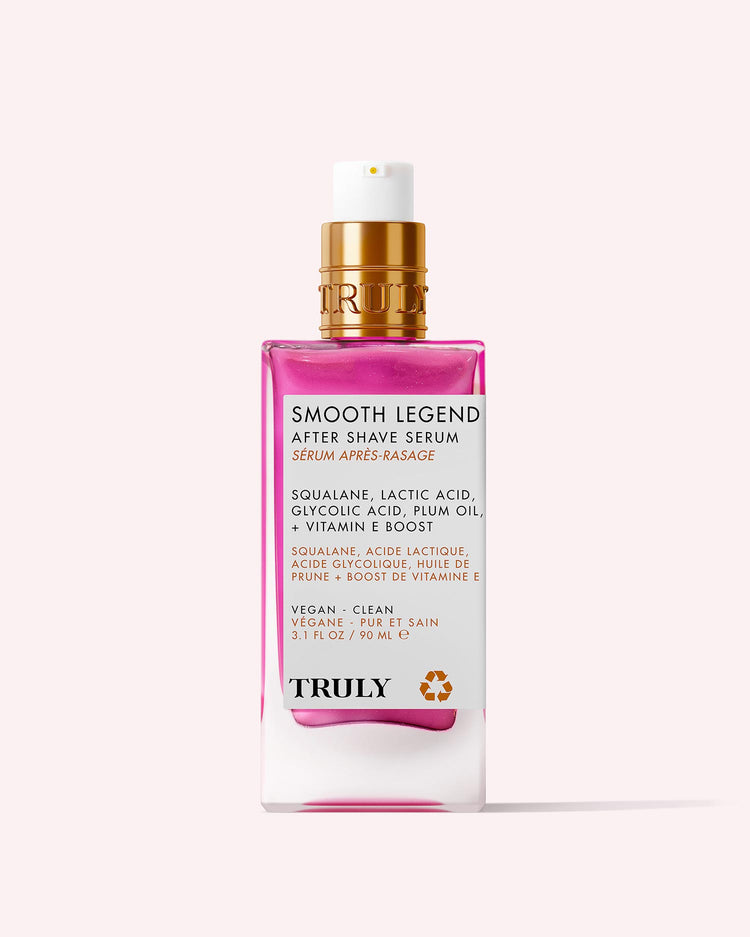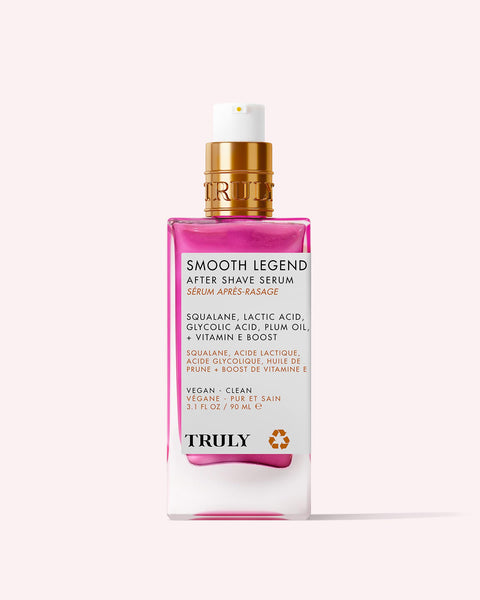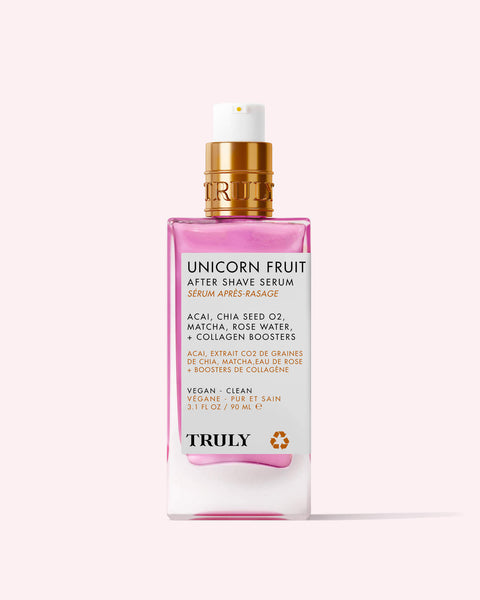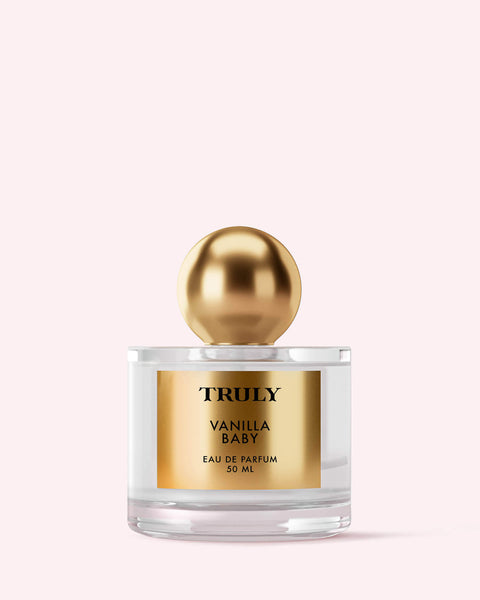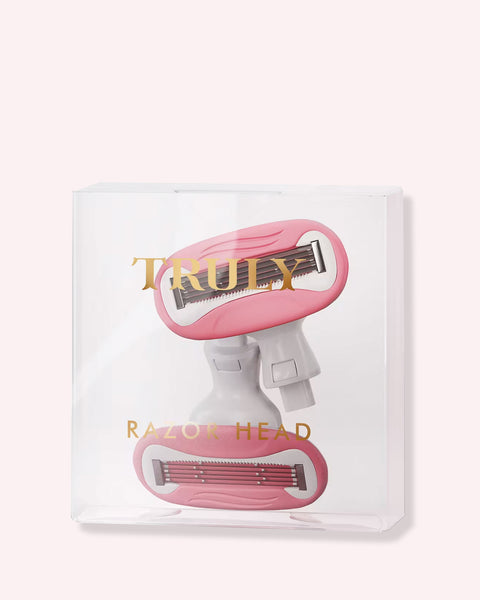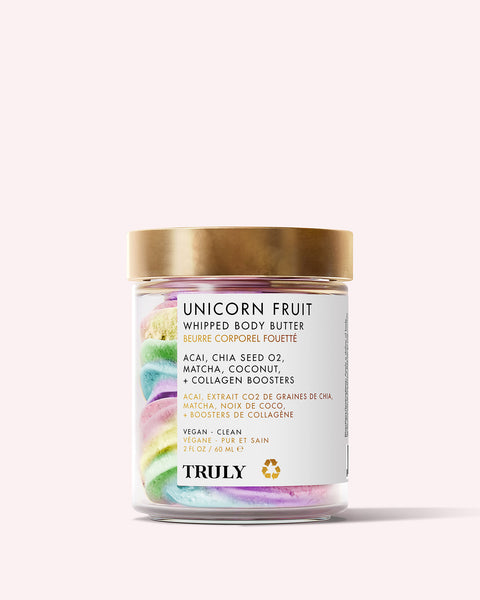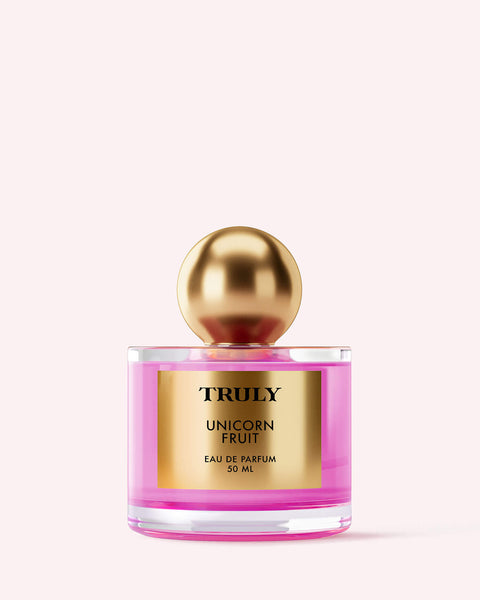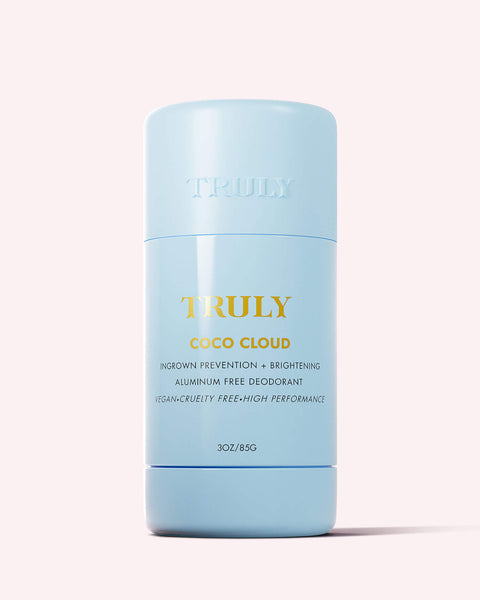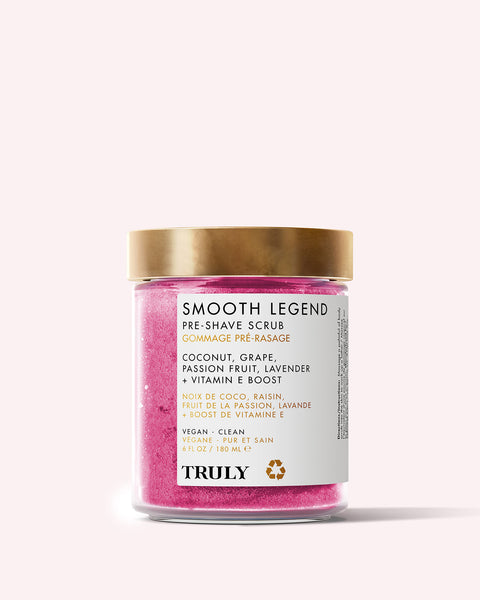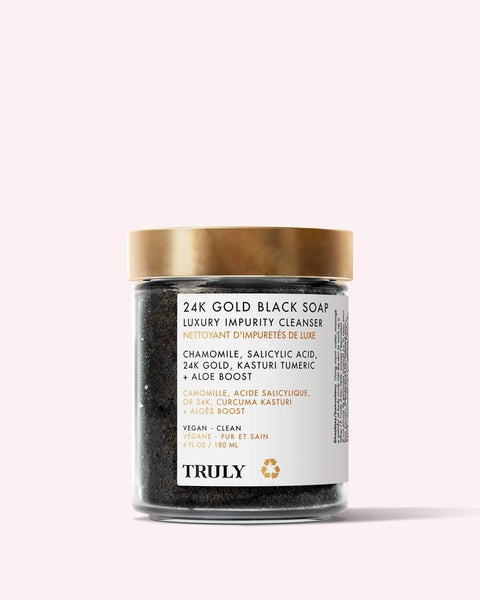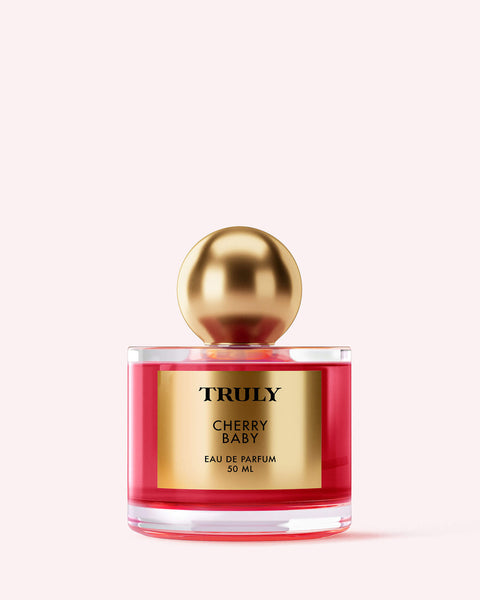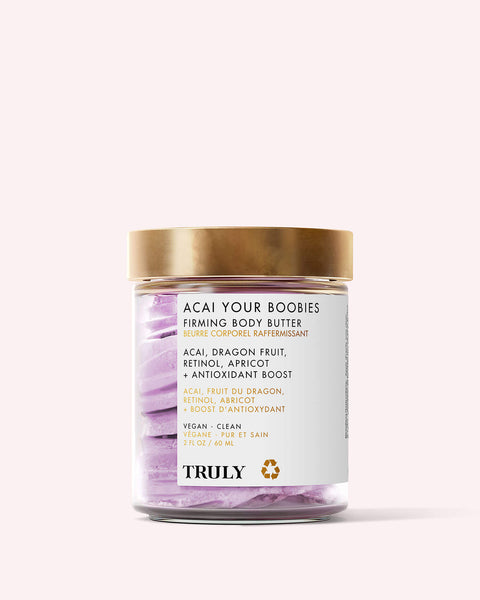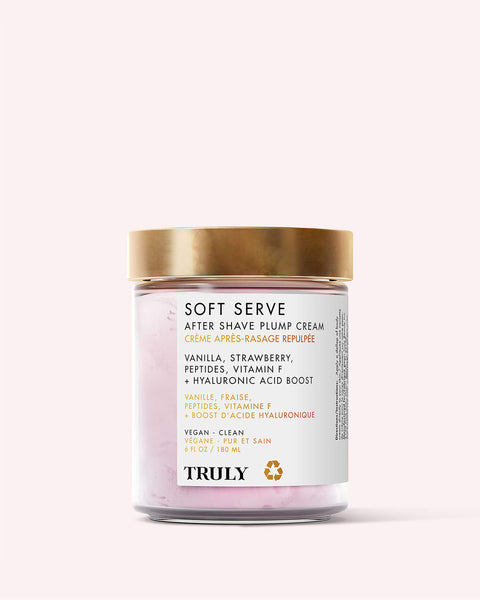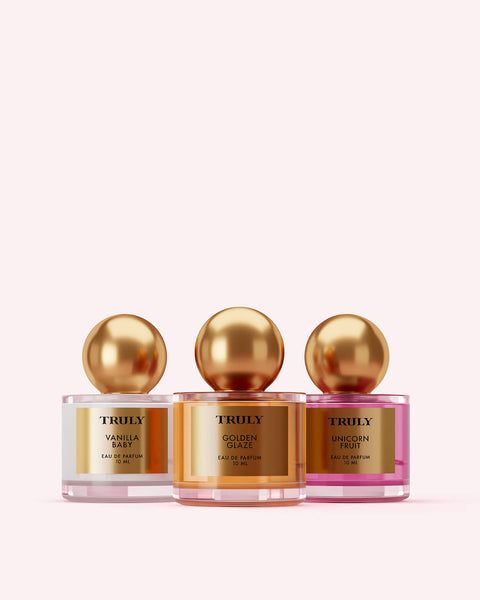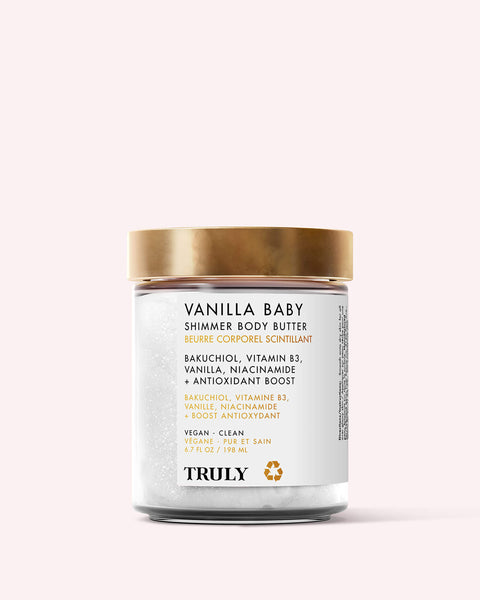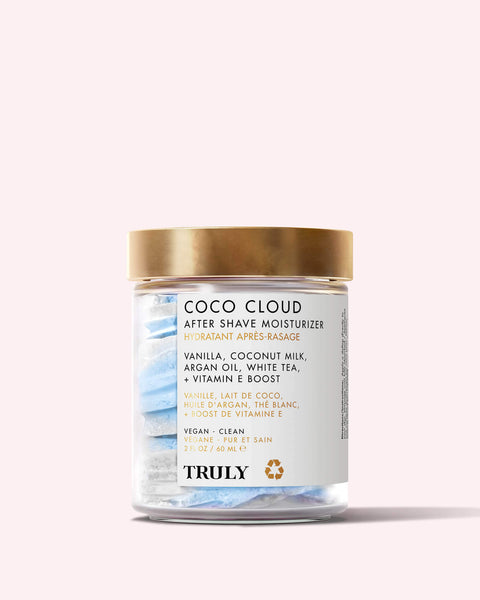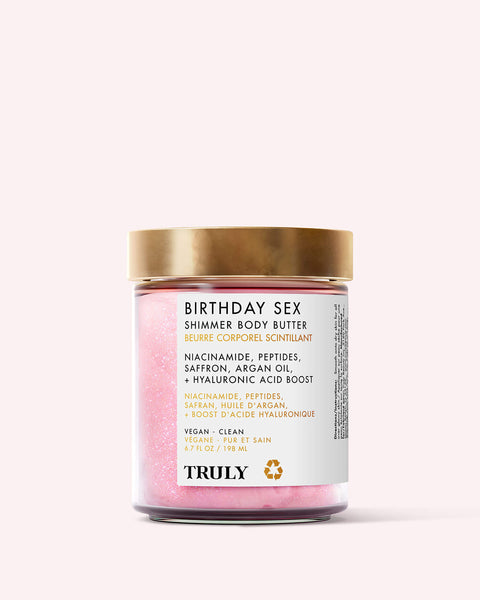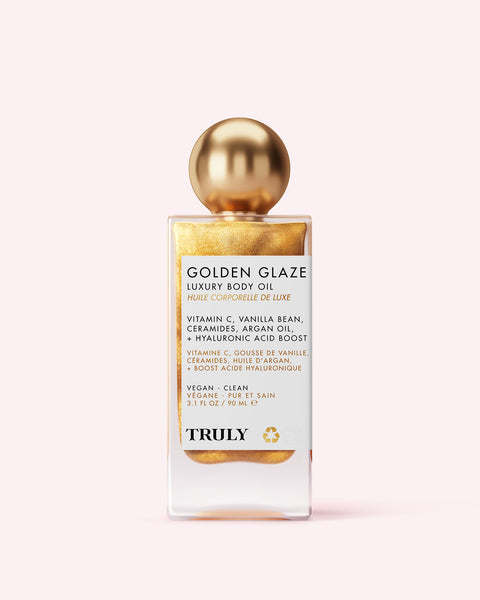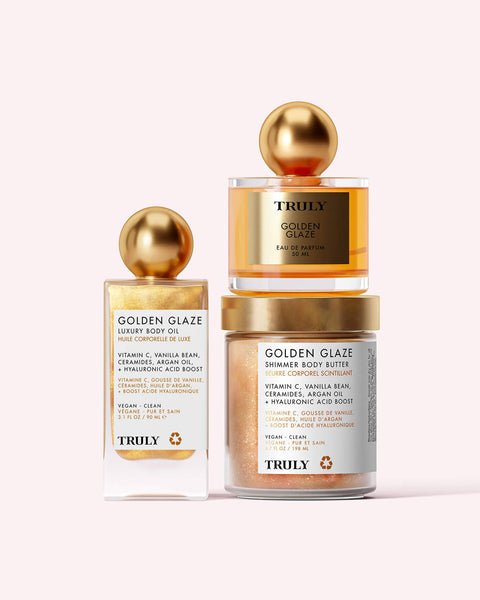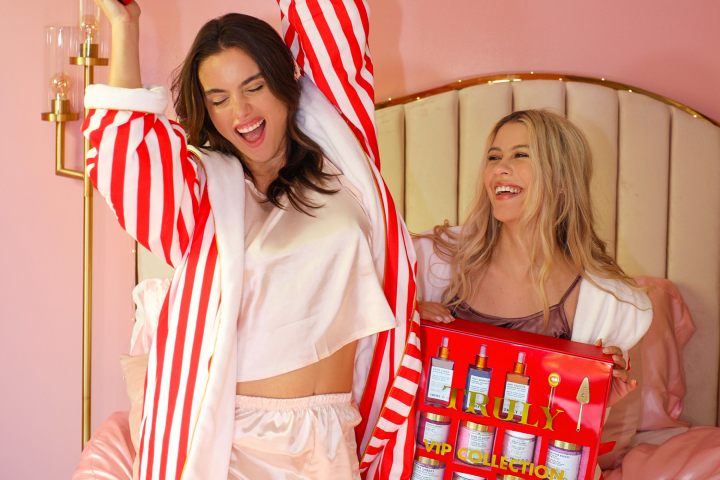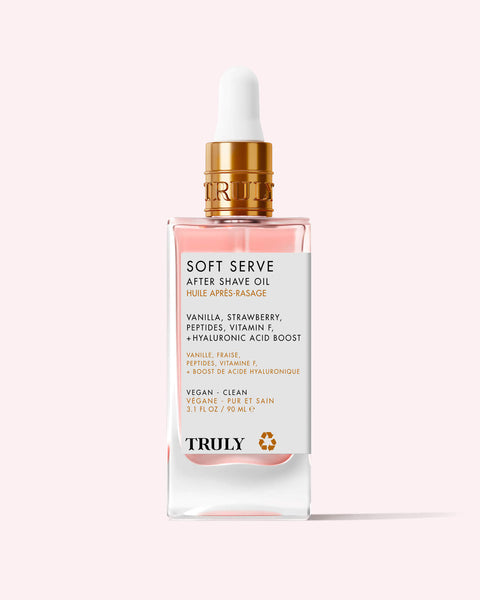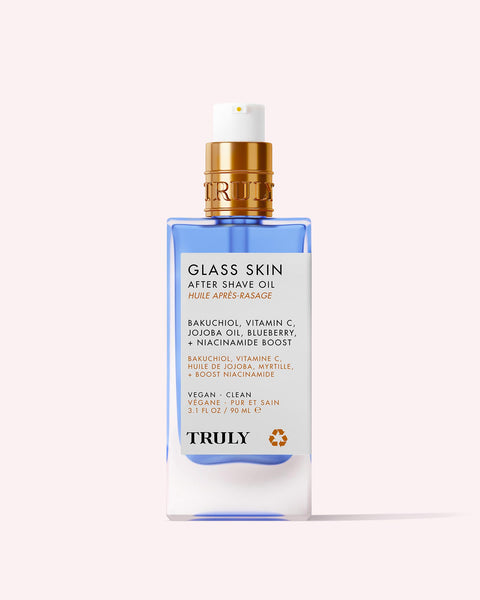Fix that LOCKDOWN DIY Bleach Job
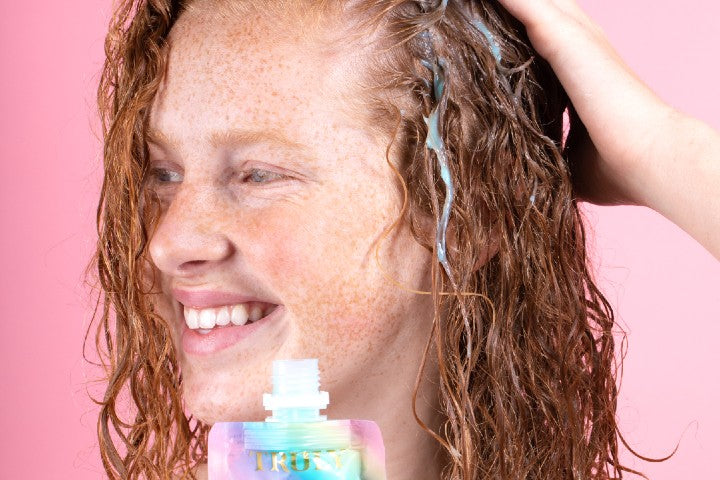
You were hoping for ice blonde or honey hues. Instead, you got orange tones. You were going for Victoria’s Secret-esque glossy tresses. Instead, you got dehydrated, frazzled strands. Welcome to the world of DIY bleaching jobs.
With salons closed and your lust for a surf-girl halo intensifying, you probably ended up doing what thousands of other home-confined people did this year (and the last). You bleached your own hair.
The trouble with hair bleaching is unless you know what you’re doing, things can go very, very wrong. But don’t panic. Whether you’re dealing with brassy hair or straw-like strands, here’s how to fix your DIY bleach job.
WHAT BLEACH DOES TO YOUR HAIR
Going lighter is always fun, but bleaching your hair can cause a great deal of damage. Bleach dissolves your hair’s natural melanin and pigment, stripping your hair of its natural (and essential) natural oils. When this happens, your mane is vulnerable to excessive damage. It also makes your strands more porous, which is why blonde hair tends to get brittle and knotty.
“Bleach can be incredibly damaging to your scalp health,” says Madison Reed color expert Shvonne Perkins. “From a results point of view, it’s extremely hard to anticipate results from bleach, since it often leaves your hair color somewhere between orange and yellow.”
Fortunately, with the proper care and products, you can have lighter tresses without compromising hair health. We’re going to show you how!
DIY BLEACHING DILEMMAS, FIXED
If Your Blonde Looks Yellow
Were you envisioning a cool, ashy shade of blonde, and you got yellow Barbie-like blonde instead?
It could be the shade you chose. Anything with warm tones can make your hair look more yellow-y.
“Be very specific about what you don't want (i.e. no yellow or warm tones). Ask for ashy, cool colours and avoid shades like caramel and honey, as they tend to run a little warmer,” says Hershesons’ hair color expert Mitra Mir.
You can also neutralize warm tones by using a purple-toning shampoo and conditioner once a week. It can lift anything from subtle warm tones to yellow hair disasters. That’s because purple sits opposite yellow on the color wheel, so it cancels out yellow-y tones.
If Your Blonde Looks Orange
Another common dilemma blondie-wannabes face is ending up with orange hair. If this happened to you, it’s probably because you’re a brunette. Dark hair has underlying pigments that are hard to cancel out with bleach.
Not a brunette? Chances are you have a buildup of chemicals or minerals in your mane that have left your hair looking brassy.
When bleaching leaves you brassy, you have three solutions: tone it, re-dye it or return to your darker shade.
If you’re going for toning, opt for dark-purple shampoo and leave it on as a mask for 10-15 minutes before shampooing off to cancel out brassy tones.
Ready to re-lighten it? Leave it to the experts this time.
“Sometimes your stylist will need to lighten your hair to a blonder colour to lift out the orange tones, but then they'll drop it back down to the desired colour and tone,” says Mitra. “For example, if your hair is naturally dark, but you want an ashy blonde you will need to lighten the hair more and then tone it darker, adding the ash into it.”
If Your Hair is Super Dry and Brittle
It sounds like what your mane needs is moisture – in enormous quantities! Because bleaching strips your hair of its natural oils, it can quickly become dry and tangled. Your job is to replenish it with lots of hydrating hair products.
When you wash your hair, only use nourishing, sulfate-free products like Truly’s Super Fruit Repair + Restore Shampoo & Conditioner. Made with coconut, argan, and jojoba oil, this hair-healing duo cleanses, hydrates, and restores strong, silky strands.
Once a week, apply a keratin-based hair mask to strengthen hair, prevent breakage, and add shine. Truly’s Unicorn Locks Hair Repair Mask is our fave. For an intense conditioning treatment, leave it on overnight.
If Your Hair Feels Stretchy
Visit your hairdresser for a cut or trim the ends of your hair yourself. Then coat your hair in coconut and olive oils to rehydrate it, lock in moisture, and enhance its elasticity.
Coconut oil is amazing at fortifying the hair from within. One study found that coconut oil can lessen protein loss in bleached hair, making it an excellent repairing ingredient.
Other great hair oils include argan oil, jojoba oil, and almond oil.
If Your Scalp Feels Dry and Irritated
Bleach can sometimes irritate the scalp – especially if you have sensitive skin. If you’re feeling the dryness following your DIY dye job, show your scalp some TLC with a nourishing, hydrating scalp mask.
After washing your hair, massage Truly’s Coco Rose Milk Hair Mask into your scalp. Loaded with coconut oil and rose, this formula can soothe irritated skin and scalp. Leave it on for 20 minutes before rinsing off with warm water.
HOW TO DO IT RIGHT THE NEXT TIME
If lightening your hair didn’t turn out the way you wanted, it doesn’t mean you shouldn’t try again. Of course, it’s always a good idea to leave hair coloring – especially bleaching – to the experts. But it’s still possible to do it yourself successfully.
“When you are in the salon, colorists are careful to not leave in any hair lightening products for too long or use high volume developers that can cause damage,” Clairol Color Partner Priscilla Valles explains. “If you’re doing it at home, always carefully follow the instructions on the package.”
Work your way up through different levels of blonde to gradually reach your desired shade. And make sure you leave a few months in between each bleaching session to allow your hair to heal.
You also want to start with healthy hair prior to bleaching. If it’s really dry, peppered with split ends, and overly chemically-treated, hold back from bleaching until your hair returns to good health.
